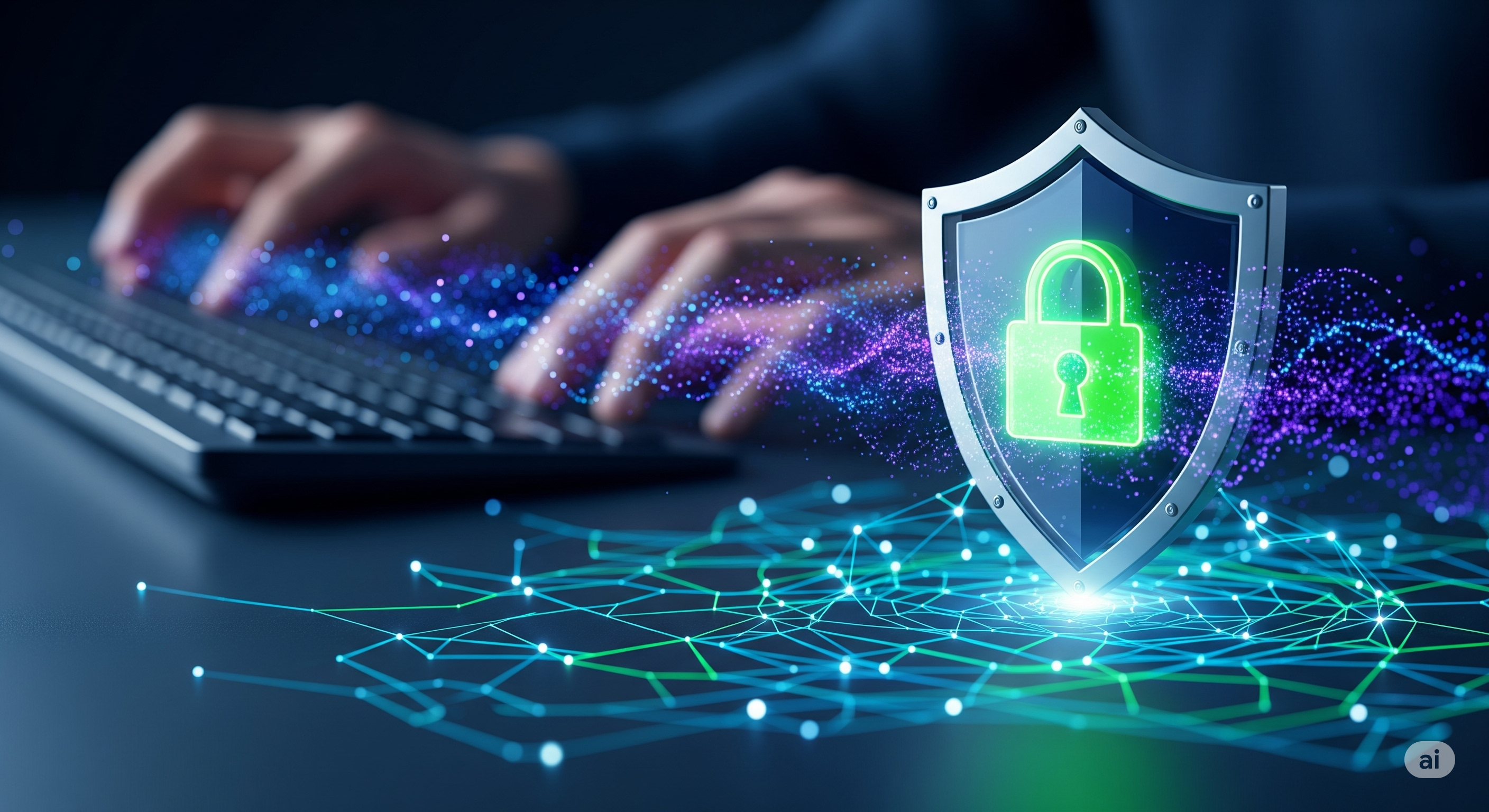The Metaverse: A New Playground for Cybercriminals
The metaverse, with its immersive and interactive environments, presents a unique challenge for law enforcement. Crimes like virtual theft, identity fraud, harassment, and even virtual assault are becoming increasingly common. Traditional digital forensic techniques are often insufficient in this context. Imagine investigating a virtual murder – the crime scene isn't a physical location; it's a meticulously crafted digital space. This requires investigators to possess entirely new skill sets and utilize specialized tools.
The Challenges of Metaverse Forensics
The decentralized nature of many metaverse platforms complicates investigations significantly. Data isn't stored in one central location; it’s spread across various servers and networks. This makes data acquisition and analysis significantly more complex and time-consuming. Moreover, the anonymity offered by virtual avatars and pseudonyms makes identifying and tracking perpetrators difficult. The sheer volume of data generated within these environments further adds to the burden. Investigators need to sift through massive datasets, including user interactions, transactions, and environmental data, to reconstruct events and identify crucial evidence.
Emerging Technologies in Metaverse Forensics
To meet these challenges, digital forensics is undergoing a rapid transformation. Several key advancements are shaping the field:
Blockchain Analysis: Unraveling the Crypto Trail
Many metaverse transactions utilize cryptocurrency. Blockchain analysis plays a vital role in tracing these transactions, identifying perpetrators, and recovering stolen assets. Specialized tools and expertise are needed to navigate the complexities of blockchain technology and extract meaningful forensic evidence.
3D Scene Reconstruction: Mapping the Virtual Crime Scene
Advanced 3D modeling and reconstruction techniques are being employed to create detailed virtual crime scene representations. This allows investigators to analyze the virtual environment, reconstruct events, and identify potential witnesses or perpetrators.
Artificial Intelligence (AI) and Machine Learning (ML): Sifting Through the Data Deluge
The sheer volume of data within the metaverse necessitates the use of AI and ML. These technologies can automate the process of data analysis, identifying patterns and anomalies that might otherwise go unnoticed. They can help investigators prioritize crucial evidence and accelerate investigations.
Virtual Reality (VR) and Augmented Reality (AR): Immersing in the Investigation
VR and AR technologies are proving invaluable in assisting investigators to navigate and interact with virtual crime scenes. This immersive approach offers a more comprehensive understanding of the environment and can lead to more effective investigations.
Beyond the Metaverse: The Broader Landscape of Digital Forensics
While the metaverse presents unique challenges, the evolution of digital forensics extends beyond this single arena. Other areas experiencing significant change include:
* Cloud Forensics: The increasing reliance on cloud services requires new techniques for data acquisition and analysis from cloud-based platforms.
* IoT Forensics: The proliferation of internet-connected devices creates a massive network of potential evidence sources, demanding expertise in analyzing diverse data streams.
* Mobile Forensics: The ever-increasing sophistication of mobile devices and their role in criminal activity necessitates advanced mobile forensic techniques.
The Future of Digital Forensics
The future of digital forensics hinges on collaboration, innovation, and the continuous adaptation to emerging technologies. International cooperation is crucial to address cross-border cybercrimes, while ongoing research and development are vital to staying ahead of the curve. The field needs to attract and train a new generation of digital forensic experts, capable of mastering the complex tools and techniques required in this rapidly evolving landscape.
Join the Conversation
The digital world is constantly evolving, and so must our methods of investigating crime within it. What challenges do you foresee for digital forensics in the future? Share your thoughts and insights in the comments below! Let's discuss how we can best equip law enforcement to navigate the complexities of the digital age and protect individuals and society from emerging cyber threats. Don't forget to share this article to raise awareness about this critical topic!

